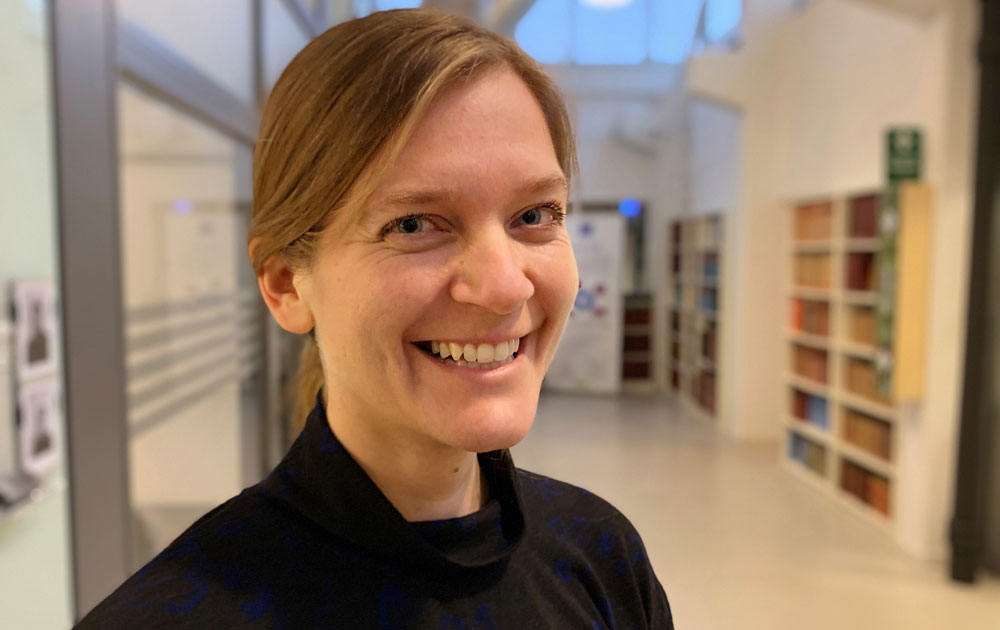She reveals metal's secrets during 3D printing

Hi Greta Lindwall, you have received funding from Vetenskapsrådet through the Röntgen-Ångström Cluster (RÅC) to do research on real-time tracking of electron beam additive manufacturing.
Electron beam additive manufacturing – what is this all about?
"There are several additive manufacturing (AM), also called 3D printing, techniques for metallic materials. Many of them uses metal powder as the starting material. In particular, the powder-bed based methods are being extensively studied at the moment. This means that a part is manufacturing by melting metal powder, layer-by-layer, with an energy source. Electron beam melting is when this energy source is an electron beam."
What is the challenge here?
"Since AM is a new and complex manufacturing technique, there is still a lot we don’t understand when it comes to the materials’ behavior during the process. As the layers are melted, re-melted and exposed to cyclic heating and cooling, the manufactured part acquires a complex thermal history. And it’s difficult to understand the process’ conditions and how they affect the material just by looking at the microstructures of the finished parts using standard lab characterization techniques."
So what is your solution?
"For this reason, we want to study how the alloy structures evolve during AM by tracking them in real-time. This is possible if miniature AM machines are developed so that the AM conditions can be mimicked while tracking the materials behavior using high-energy X-ray generated from a synchrotron source.
A number of initiatives are currently on-going around the world to do this using laser as the energy source, but so far there’s no work done with an electron beam. Our understanding of the interactions of the electron beam with the materials is thus more limited. The aim with this project, is to fill this knowledge gap by developing a miniature AM device that ca be used for real-time tracking of alloy behavior at conditions typical for AM with electron beam melting."
What does this grant mean to you and your team? What happens next?
"This means of course a lot! With this grant we will be able to expand the research groups focusing on AM and advanced characterization at MSE, and we will hopefully be able to learn a lot about electron-beam AM that can be shared to the AM community and help this technique to advance. These research activities at MSE with a materials science focus may boost other electron beam AM collaborations at ITM."
By the way – how’s it going working from home? Challenges? Advantages?
"So far it’s been pretty okay. I’ve been interacting with colleagues and students using Zoom, Google hangout or Discord. It works well although I miss the unplanned meetings and discussions with my MSE colleagues. An advantage is that I spend less time on commuting (and unplanned meetings…). Another advantage, I think, is that we all really are forced to try out all these digital tools that already are available to us. It’ll hopefully be valuable experiences that will affect both business traveling and teaching also after this period."

